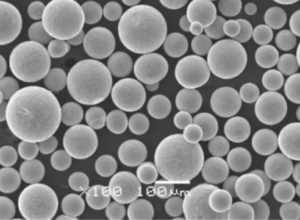炭化ケイ素(SiC)粉末は、自動車から電子機器、さらには航空宇宙産業に至るまで、幅広い産業で波紋を広げている革新的な素材です。卓越した硬度、高い熱伝導性、耐薬品腐食性で知られています、 SiCパウダー は、数多くの最先端用途に使用される素材となっている。しかし、一体何がこの素材を特別なものにしているのか、そしてどうすればこの素材を最大限に活用できるのか。さっそく見てみよう!
SiC粉末の組成
SiC粉末はケイ素と炭素の化合物です。その結晶構造は通常、六方晶系(α-SiC)または立方晶系(β-SiC)で、それぞれ特定の用途に合わせたユニークな特性を提供します。SiC粉末の正確な組成は、その強度、熱特性、耐薬品性を決定するため、様々な工業プロセスに理想的な選択肢となります。
| プロパティ | 詳細 |
|---|---|
| 化学式 | SiC(炭化ケイ素) |
| 純度レベル | 90% - 99.999% |
| 結晶構造 | アルファ(六角形)、ベータ(立方体) |
| 密度 | 3.21 g/cm³(約) |
| 粒子径範囲 | ナノスケール(20~200nm)~ミクロンスケール(1~500μm) |
| 添加物(オプション) | ホウ素、アルミニウム、または窒素(特性向上のため) |
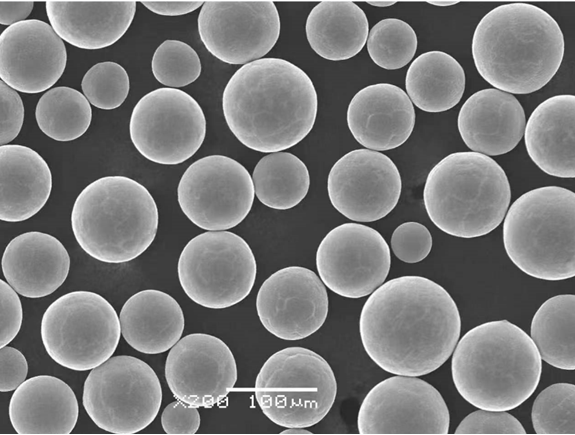
の特徴 SiCパウダー
SiC粉末は他の素材と何が違うのか?その際立った特徴を探ってみよう:
- 極限の硬さ: SiCはモース硬度においてダイヤモンドのすぐ下に位置し、優れた研磨材となる。
- 高い熱伝導性: 電子機器や高温環境での放熱に最適。
- 化学的安定性: 酸化、酸、アルカリに強い。
- 軽量だ: その硬さにもかかわらず、SiCは鋼やアルミニウムのような金属よりもかなり軽い。
- 高融点: 2,700℃を超える温度に耐える。
| 特徴 | 説明 |
|---|---|
| 硬度(モース硬度) | 9.2 |
| 熱伝導率 | 120-200 W/mK(純度とタイプによる) |
| 融点 | ~2,730°C |
| 電気伝導率 | 半導体的なものから絶縁性のものまで様々 |
| 密度 | 多くの金属よりも低いため、軽量用途での使用が可能。 |
SiC粉末の種類とモデル
SiCパウダーに関しては、1つのサイズがすべてに当てはまるわけではありません。ここでは、さまざまな産業や用途に合わせた10種類の具体的なモデルをご紹介します:
| モデル | 説明 |
|---|---|
| SiC F240 | 精密研削・研磨作業用超微粒子砥粒 |
| SiC 99.9%ピュアナノ | 先端エレクトロニクスとコーティング用の高純度ナノサイズパウダー |
| SiCベータ45 | 耐薬品性用途に最適化されたβ相パウダー |
| SiCアルファ100 | 構造用セラミックスに最適なα相パウダー |
| SiC冶金 | 製鋼・鋳造用粗粉 |
| SiCグリーンパウダー | 耐火物用途の高純度グリーンSiC |
| SiCブラックパウダー | 工業用研磨材の低純度、コスト効率の高い選択肢 |
| SiCコーティング | 複合材料における接合強化のための表面処理SiC粉末 |
| SiC補強 | 繊維強化ポリマーに使用し、強度と耐久性を向上 |
| SiCサーマルグレード | ヒートシンクおよび熱管理システム用に特別設計 |
応用例 SiCパウダー
SiCパウダーは汎用性が高いため、さまざまな用途に使用されています。ここでは、この注目すべき素材に出会う可能性の高い場所をご紹介します:
| 申し込み | 説明 |
|---|---|
| 研磨剤 | 砥石、サンドペーパー、切削工具 |
| エレクトロニクス | 半導体、パワーデバイス、LED製造 |
| 航空宇宙 | ジェットエンジンや宇宙船の高強度部品 |
| 自動車 | ブレーキパッド、クラッチ、軽量構造部品 |
| 冶金学 | 鋼の硬度と耐薬品性を高める |
| 耐火物 | キルン、炉、リアクターのライニング |
| 熱管理 | ヒートシンクと電子冷却ソリューション |

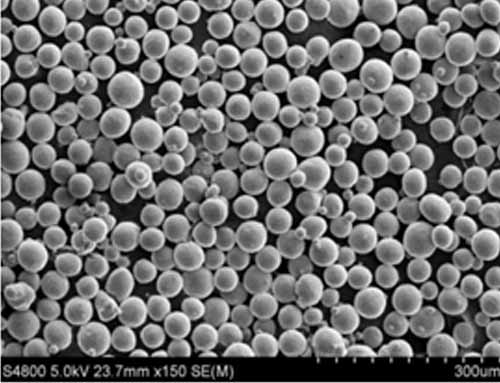
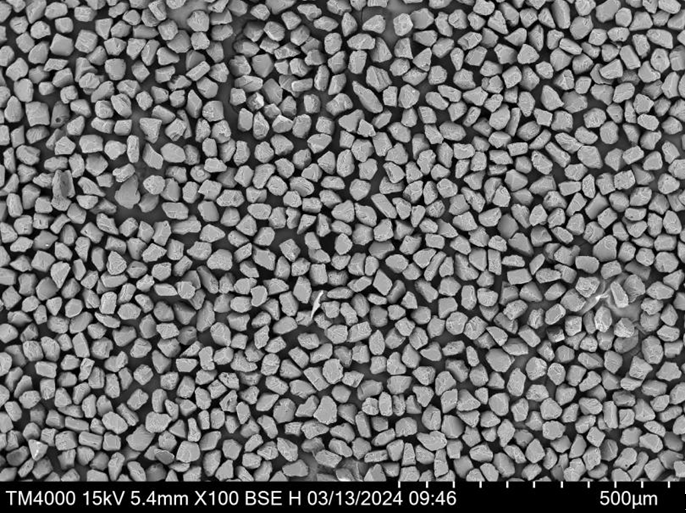
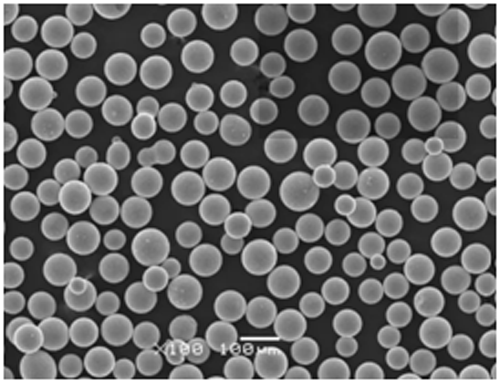


SiC粉末の仕様と規格
SiC粉末の仕様を理解することは、お客様の用途に適したタイプを選択するための鍵となります:
| 仕様 | 範囲/詳細 |
|---|---|
| 粒子サイズ | ナノスケール(20nm)~粗目(500μm) |
| 純度 | 工業用(90%)~超高純度(99.999) |
| パッケージング | 1kg、5kg、25kg、バルクオプション |
| 規格 | ISO 9001、ASM E-11 |
| 熱伝導率 | 120-200 W/mK |
サプライヤーと価格詳細
SiCパウダーの購入をお探しですか?ここでは、主要サプライヤーとその製品を比較しています:
| サプライヤー | 製品 | 価格帯(kgあたり) | 備考 |
|---|---|---|---|
| グリーンテック材料 | SiC 99.5% ピュアグリーン | $25 – $50 | 耐火物用高級粉末 |
| ナノファブ・イノベーションズ | SiCナノ粒子パウダー | $200 – $400 | 超高純度ナノ粒子 |
| 研磨の世界 | SiC F240 | $10 – $25 | 工業用研磨材の手頃な選択肢 |
| サーマルソリューション | SiCサーマルグレードパウダー | $150 – $300 | ヒートシンク用 |
| 冶金学プロ | SiC冶金 | $5 – $15 | ファウンドリー用途のコスト効率 |
の利点と限界 SiCパウダー
どんな素材にも長所と短所があり、SiCパウダーも例外ではない。それらを比較してみよう:
| メリット | 制限事項 |
|---|---|
| 高い硬度と熱安定性 | 特に高純度グレードは高価である。 |
| 多業種に対応 | 特定の取り扱いと安全対策が必要 |
| 軽量だが丈夫 | 用途によっては導電性が制限される |
| 化学的に不活性 | 特定の応力下では脆くなることがある |
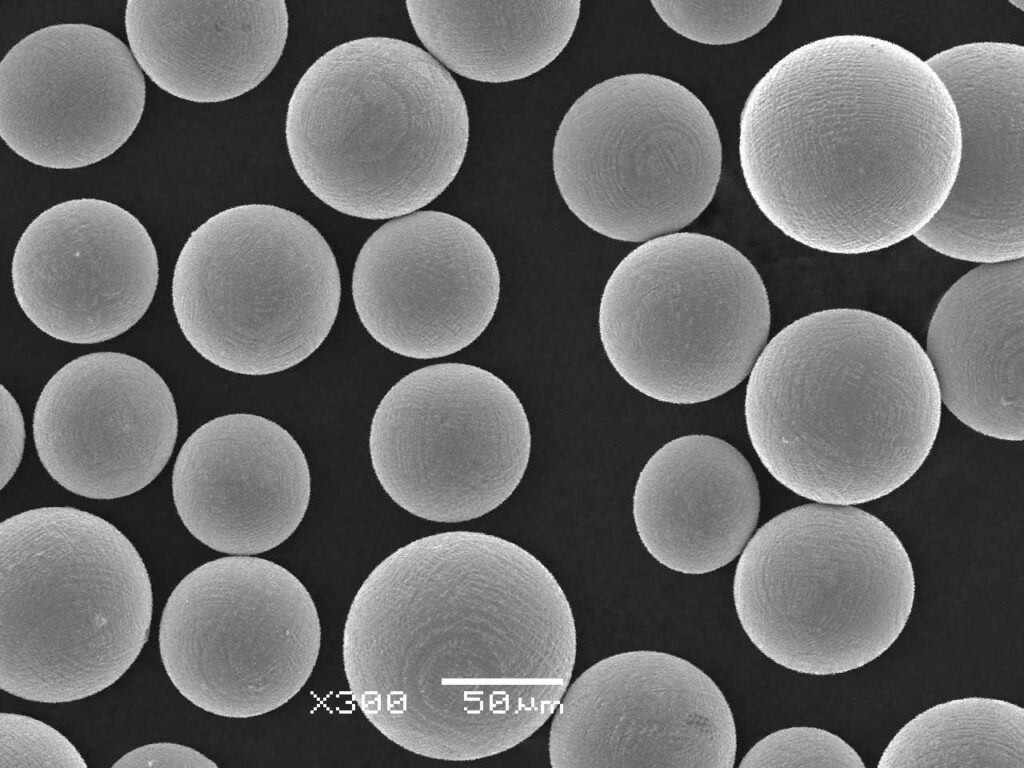
よくある質問
| 質問 | 回答 |
|---|---|
| SiCパウダーは一般的に何に使われているのか? | 研磨材、エレクトロニクス、冶金、熱管理システム。 |
| SiCパウダーはダイヤモンド砥粒と比較してどうですか? | SiCは硬度が低いが、費用対効果ははるかに高く、広く使用できる。 |
| SiCパウダーは環境に優しいのか? | そう、多くの用途で再利用でき、環境への影響も最小限に抑えられる。 |
| SiC粉末は3Dプリント可能か? | はい、一部の先進的な製造設備では、SiCパウダーがセラミックスの3Dプリントに使用されています。 |

